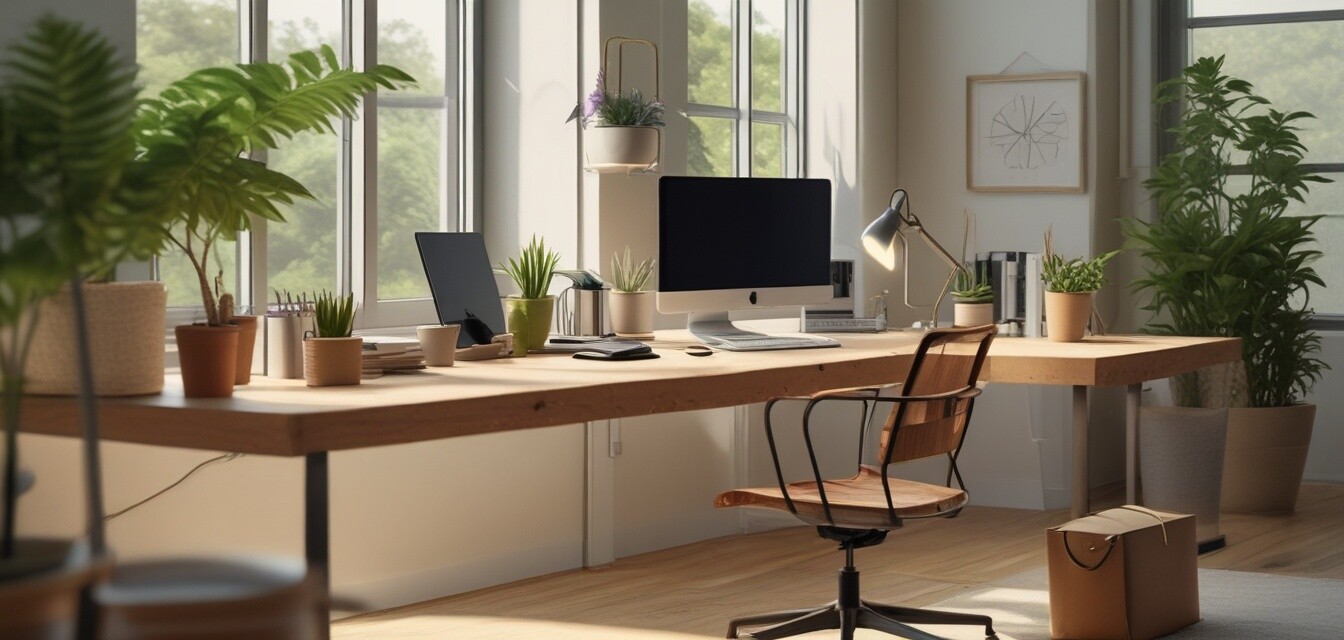
How Environmental Awareness is Shaping Office Products
Key Takeaways
- The rise of environmental consciousness is influencing office product designs.
- Demand for sustainable materials drives innovation in office supplies.
- Companies are increasingly adopting eco-friendly practices.
- Consumers are willing to pay more for sustainable options.
- Energy efficiency and recyclability are becoming essential factors in office product selection.
As our planet faces various environmental challenges, the office products industry is undergoing a significant transformation. Growing environmental awareness among consumers and businesses alike is imposing new expectations on manufacturers. This article explores how this shift is influencing the production and demand for sustainable office supplies and furniture.
The impact of consumer awareness
In recent years, consumers have become more informed about environmental issues, including waste, pollution, and the depletion of natural resources. This knowledge drives demand for products that are environmentally friendly. Studies reveal that consumers, especially millennials and Gen Z, are willing to invest more in sustainable office products. This trend encourages manufacturers to adopt sustainable practices and develop eco-conscious product lines.
Innovative sustainable materials
The demand for sustainable office supplies is prompting innovation within the industry. Manufacturers are exploring new materials that reduce environmental impact. Here’s a look at some of the key materials emerging in office product manufacturing:
| Material | Description | Benefits |
|---|---|---|
| Recycled Plastics | Repurposed plastic materials used in various products | Reduces waste, lowers carbon footprint |
| Bamboo | A fast-growing, renewable plant often used in desk accessories | Biodegradable, sustainable, and stylish |
| Organic Cotton | Cotton produced without synthetic chemicals, used in office textiles | Lower environmental impact, feels soft and comfortable |
| Bioplastic | Plastic derived from renewable sources like corn starch | Reduces reliance on fossil fuels, compostable options available |
Companies embracing eco-friendliness
Many companies are recognizing the importance of adopting sustainable practices, not only for corporate responsibility but also for meeting consumer demand. In particular, brands are implementing green strategies that include:
- Introducing take-back programs for recycling used office supplies.
- Reducing packaging waste by using minimal and biodegradable materials.
- Investing in renewable energy sources for their manufacturing processes.
- Creating ergonomic and modular furniture using sustainably sourced materials.
The price of sustainability
There's often a perception that sustainable products come with a higher price tag. While it is true that some eco-friendly options may have a steeper upfront cost, research highlights that consumers are increasingly willing to invest in products that contribute positively to the environment. This price sensitivity is slowly changing as the market expands and prices for sustainable materials decrease.
| Product Type | Conventional Cost | Sustainable Cost | Consumer Preference |
|---|---|---|---|
| Paper Products | Lower cost | Higher cost | Growing preference for recycled alternatives |
| Office Furniture | Standard pricing | Often 10-30% higher | Increased interest in sustainable designs |
| Writing Instruments | Lower cost | Similar to conventional | Preference for refillable and biodegradable options |
Tips for creating a sustainable office
Beginner's Section: Tips for creating a sustainable office
- Choose furniture made of sustainable materials.
- Opt for energy-efficient appliances and lighting.
- Minimize paper use by transitioning to digital solutions.
- Incorporate plants to enhance air quality.
- Establish recycling stations for easy waste management.
Conclusion
As environmental awareness continues to shape consumer preferences, the office products industry is adapting to meet these demands. With a strong focus on sustainability, innovation, and corporate responsibility, businesses are paving the way for a more environmentally friendly workspace. This trend bodes well not only for the planet but also for the efficiency and well-being of those who consume these sustainable products. To keep up with evolving office trends, check out our News and Trends section for the latest insights!
Pros
- Supports environmental conservation efforts.
- Promotes health and comfort in working spaces.
- Fosters brand loyalty among eco-conscious consumers.
- Can lead to long-term cost savings via efficiency.
Cons
- Higher initial investment compared to conventional products.
- Limited availability depending on location.
- Possible variability in product quality and durability.